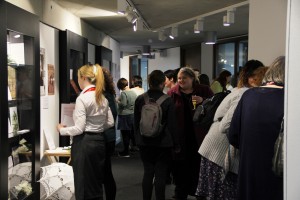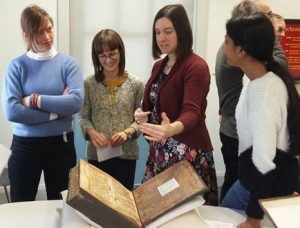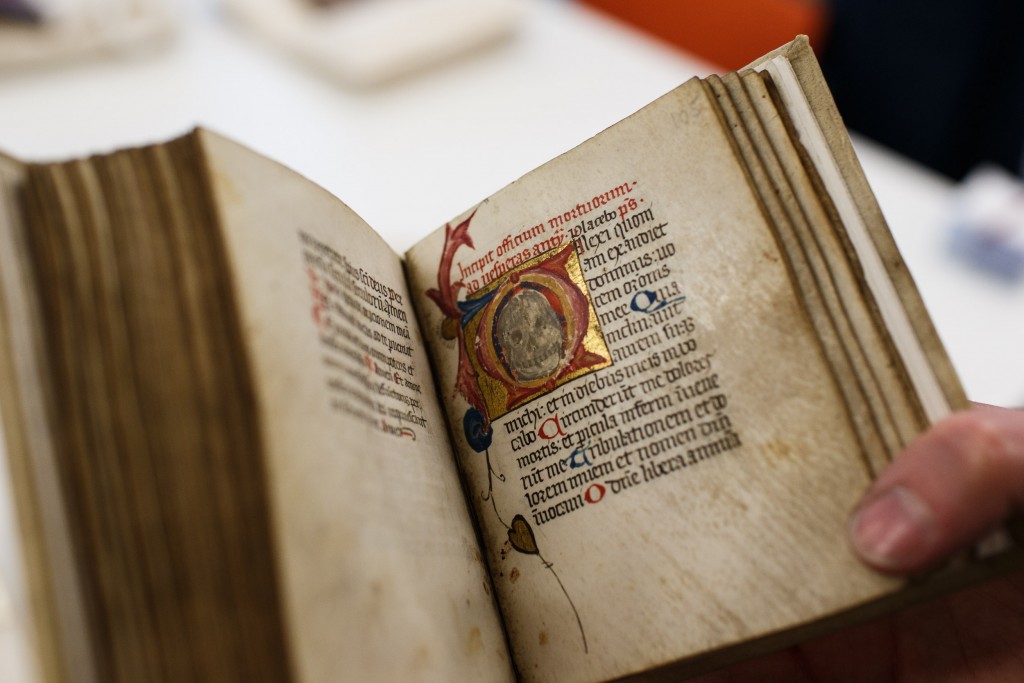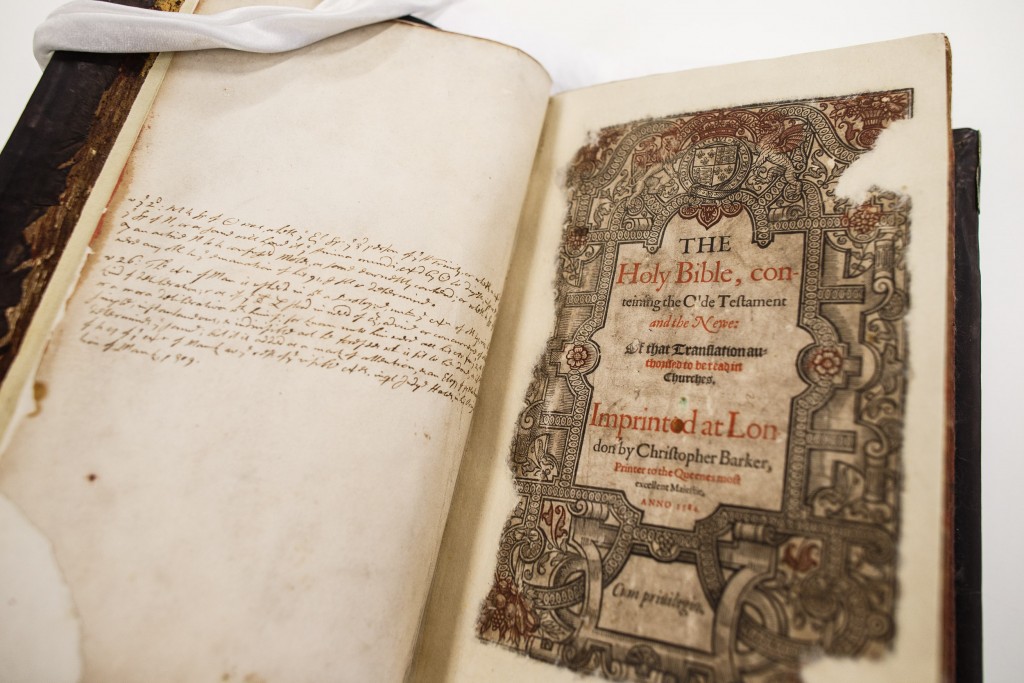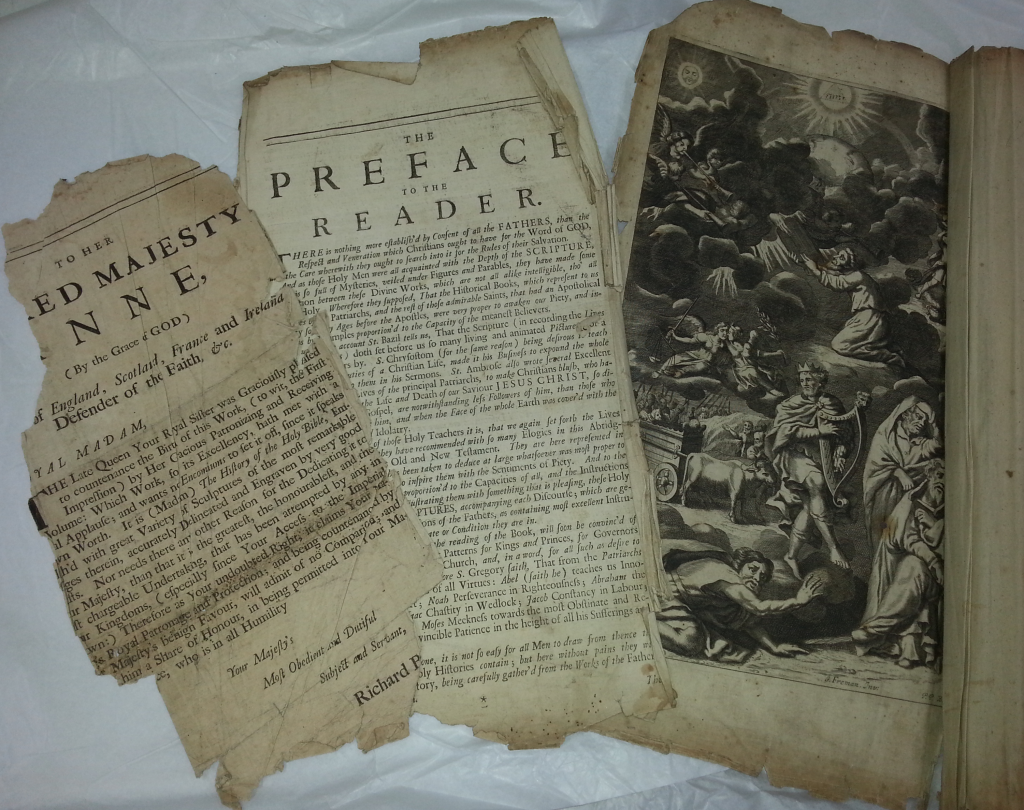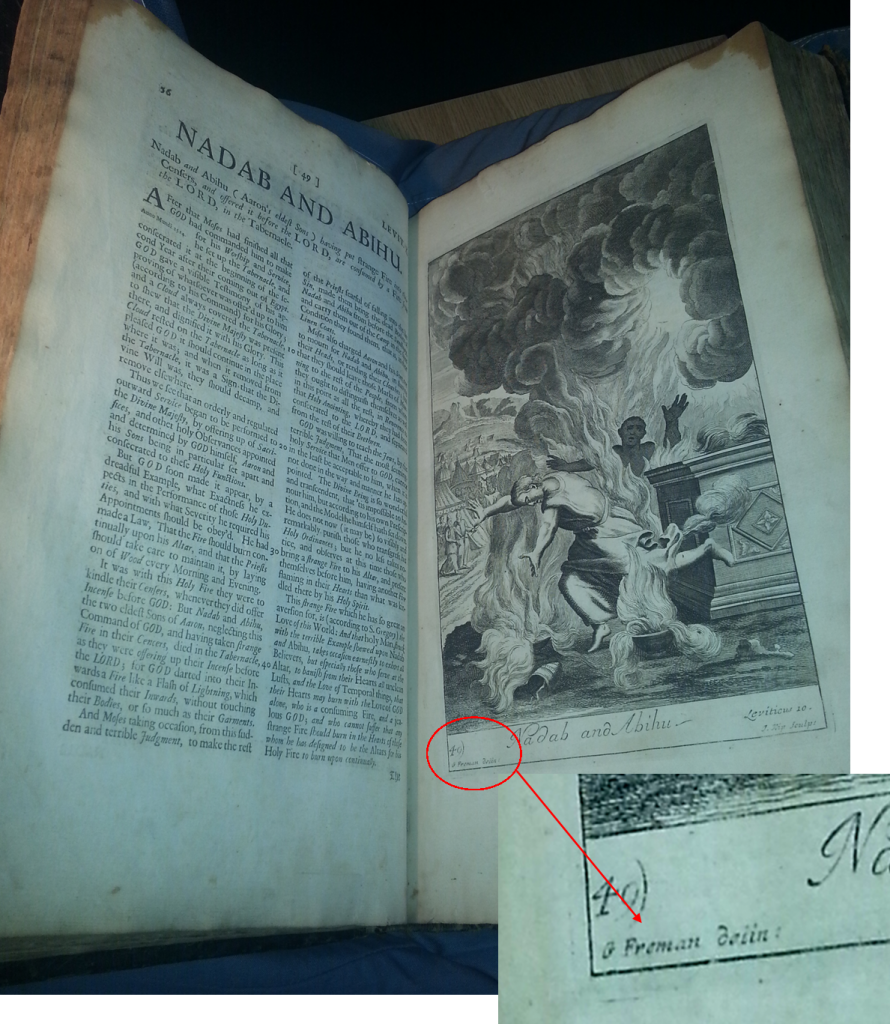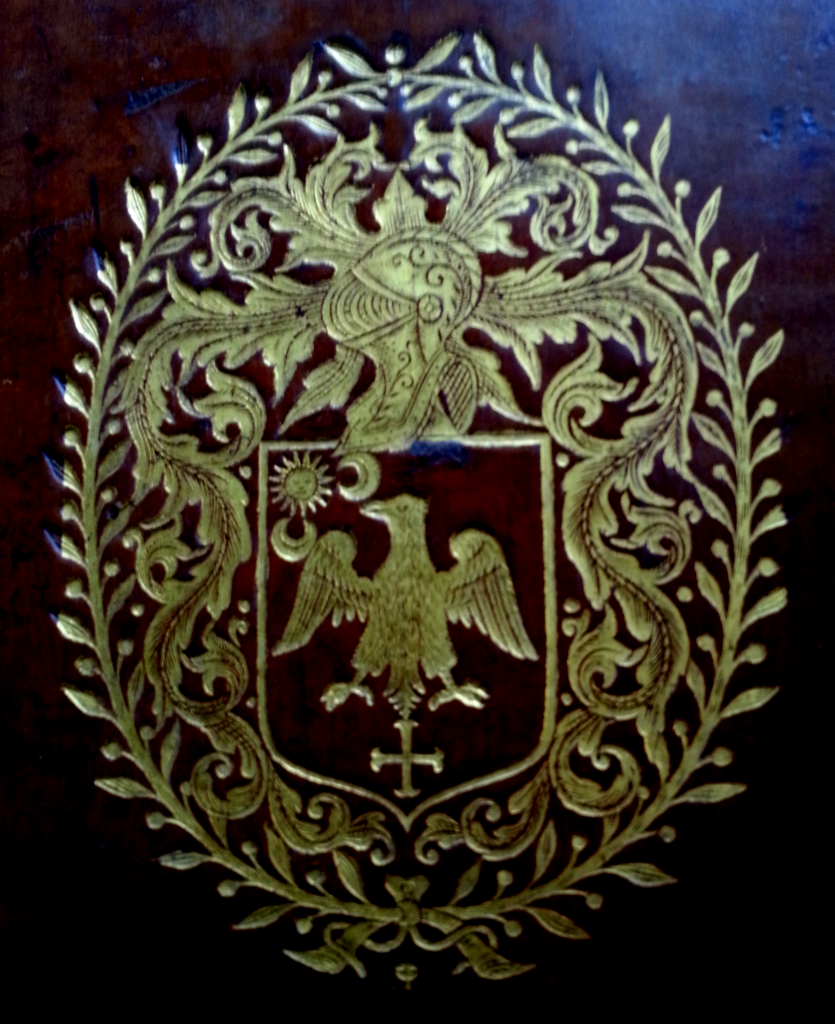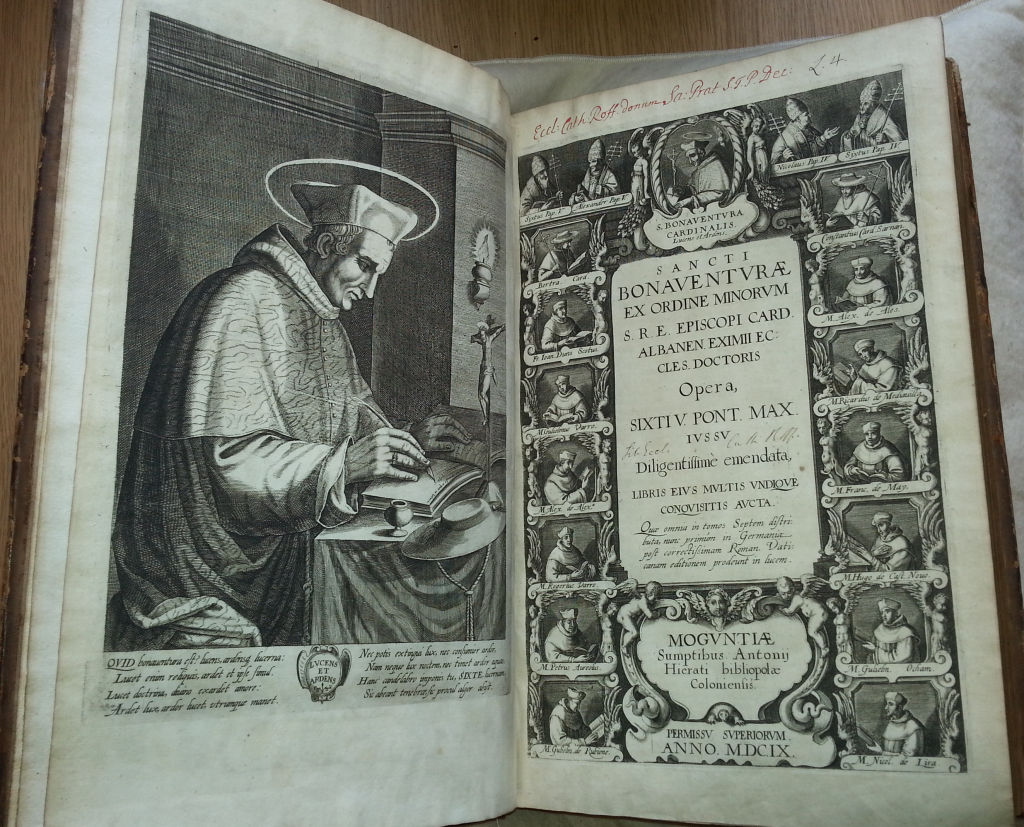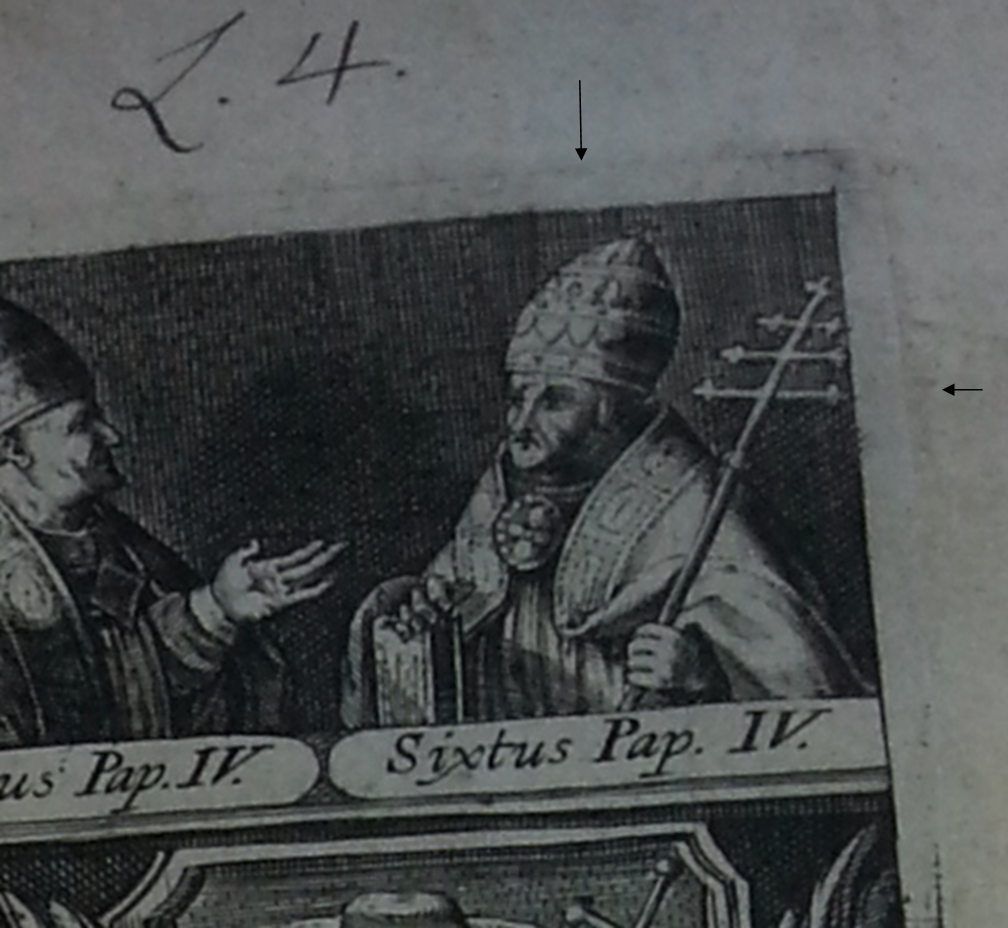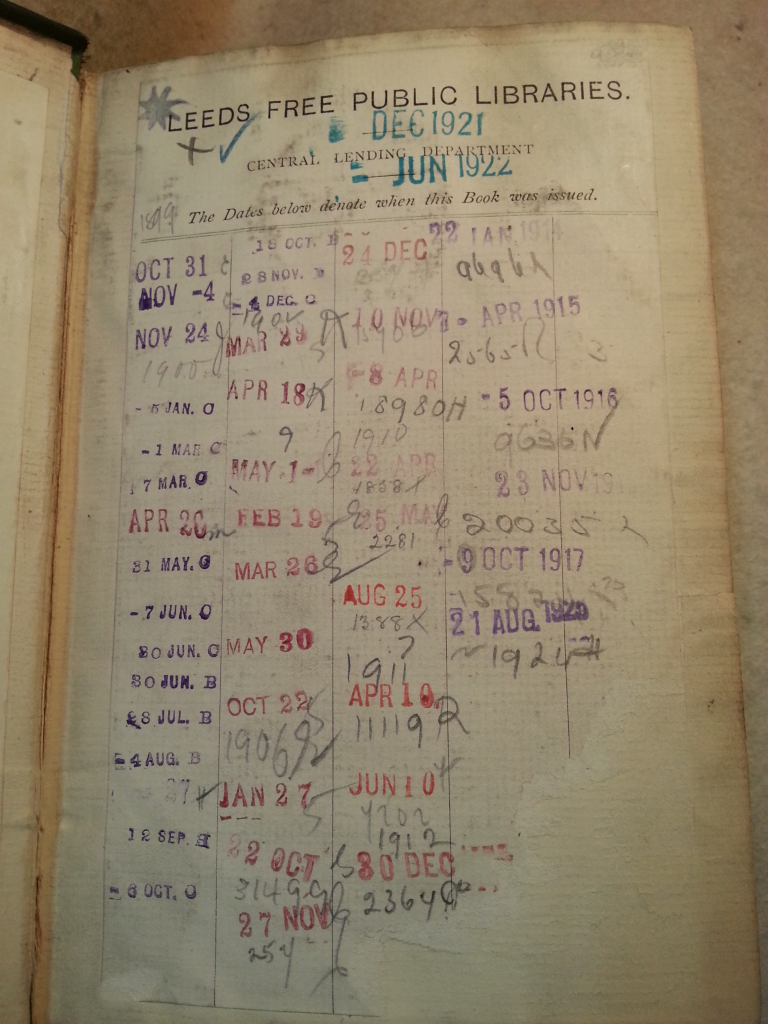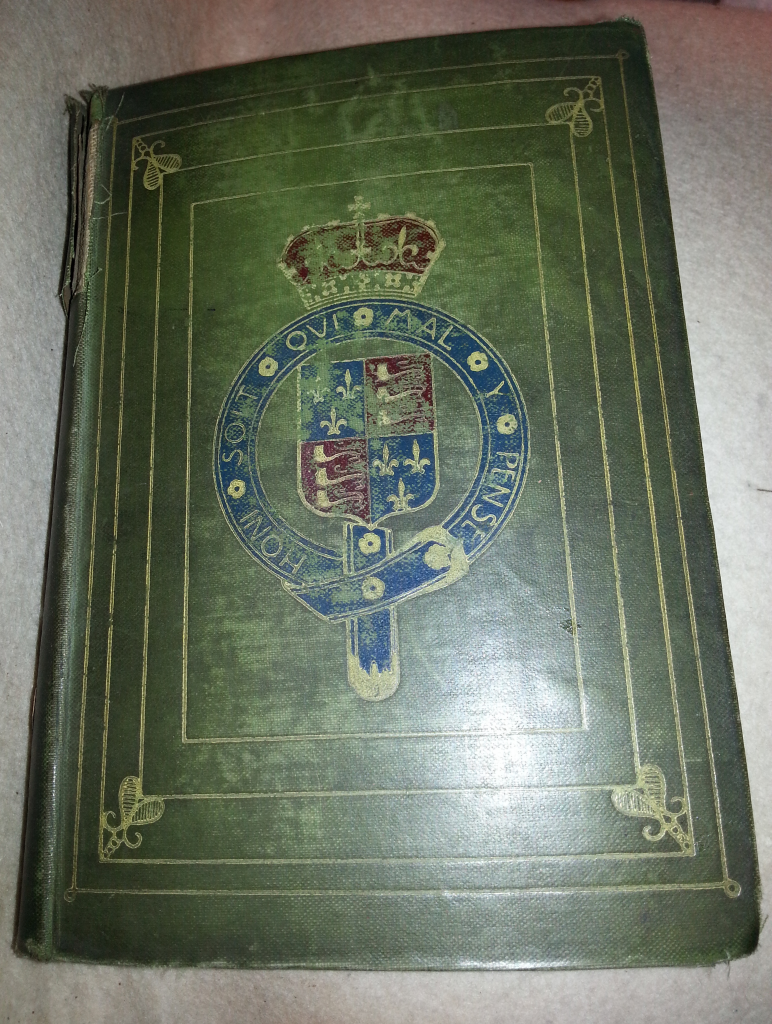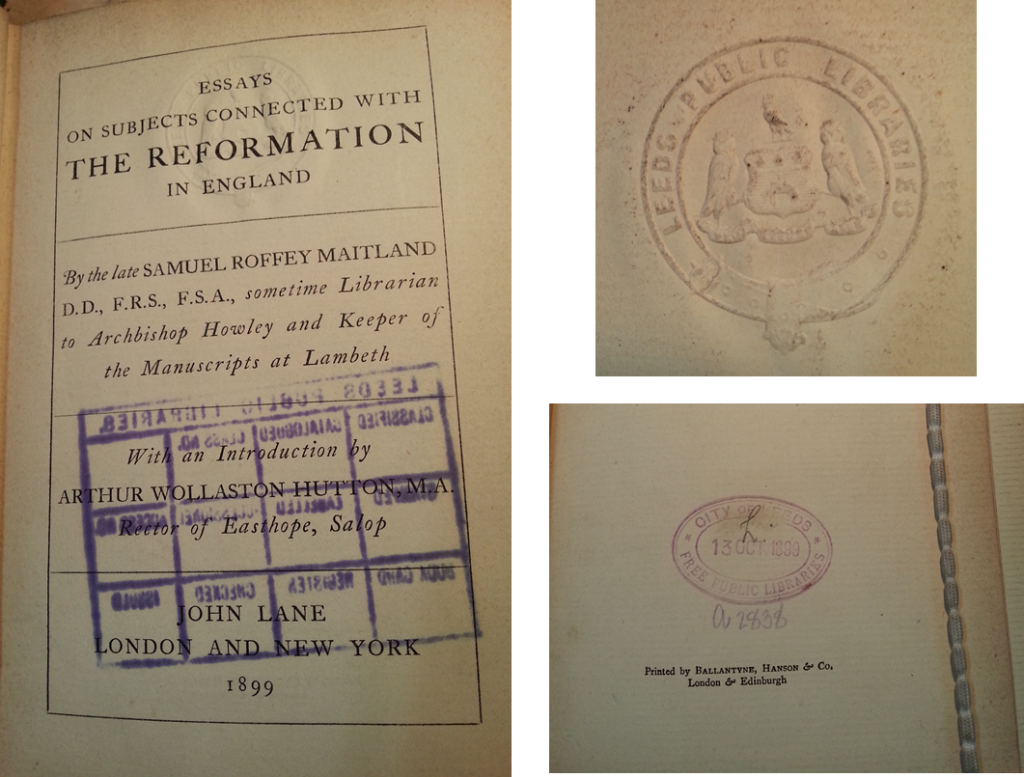With winter frost beginning to appear around campus, the wonderful end of term carol service just around the corner, festive activities everywhere and our Reading Room winter closure dates announced, it seems the end of 2016 is in sight at last. With this in mind, we thought we’d take a look back over our year as a team and share some of our favourite highlights with you all!
2016 has been a big year for Special Collections & Archives: we’re still amidst the ongoing Templeman Library refurbishment, but we’re settling into our new home in the shiny West extension well. We’ve seen launches of a new website for the British Cartoon Archive, and the British Stand-Up Comedy Archive got its collections out to the world online too. We launched our Instagram account, welcomed hundreds of you into our Reading Rooms and got involved with several exhibitions along the way. It’s no surprise that this year has really flown by for us – but there are many events we’ll remember well into the future:
Rachel (Special Collections & Metadata Library Assistant): “On Wednesday 6th April the yearly exhibition by Kent second year students on the British Theatre History module launched. Whilst this has been an annual event for several years, this time the students faced a bigger challenge than ever: the size of the Templeman exhibition space. This was only the second exhibition in the new space, and was more than twice the size of spaces used in the past! The students rose to the challenge admirably, and created a very successful and effective exhibition on Women on Stage and in Society : 1850-1915.”
Mandy (Digital Imaging Assistant): “I’ve been scanning material from the British Cartoon Archive so everyone can view it online. I’ve enjoyed seeing how funny the Andy Capp pictures were, and how things have changed as regards to how women were seen. I also got to catalogue some vinyl records – it was like going back in time! Getting them out of the cardboard sleeves with the A and B sides.”
Elspeth (Assistant Curator – Special Collections & Archives): “My highlight of the year would be the 2016 Linda Smith Lecture, the second annual lecture which is intended to celebrate comedy and its use in, and for, political and social comment (as well as to promote the British Stand-Up Comedy Archive). In May 2016 the lecture was given by Andy Hamilton. Andy is a comedian and comedy writer for radio and TV (and well known for regular appearances on topical and panel shows).
Andy covered a number of topics in his lecture, entitled ‘A Life in Comedy (and the Comedy in Life)’, including his career in comedy and the social importance of comedy. The lecture was audio recorded and can be accessed at the University’s Special Collections & Archives. Keep tuned for news about the 2017 guest lecturer!”
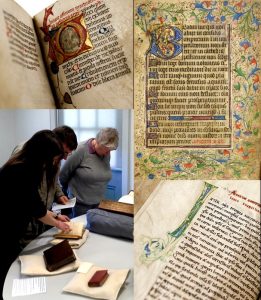
Clockwise from top left: – Illumination from 15thC Book of Hours. The skull begins The office of the dead [Officium Mortuorum, Officium Defunctorum or Vigiliae mortuorum] – Illuminated manuscript leaf from 15thC Fragment of Psalter and Kalender mss – Decorated letter from 12th century De consensu Evangelistarum by Saint Augustine, Bishop of Hippo – Josie talking about the collection at a public exhibition at Drill Hall Library in March 2016
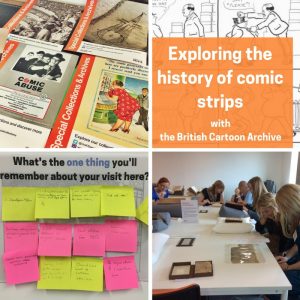
Clockwise from top left: Promotional posters, learning resource leaflets, group vists in action, and feedback post-its!
Joanna (Senior Library Assistant – Special Collections & Archives): “I’ve loved getting to know the wonderful collections we have here through running many teaching and outreach sessions. This year, we’ve hosted groups ranging from year 10 school students from Folkestone and Maidstone through to postgraduates at the University. The material we’ve used has spanned a huge variety of themes, including the First World War, Shakespeare and Early Modern playwrights, the history of comic strips, peace treaties, stand up comedy, Victorian theatre, local history and curation. We’ve been trying to integrate more material from the fantastic British Cartoon Archive into our sessions, and it’s always been a huge success! We’ve also been developing lesson guides so students have something to take away with them, and I hope we can develop our outreach even more next year.”
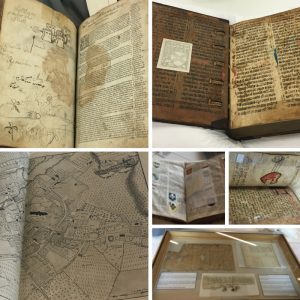
Clockwise from top left: Tavener Bible (1549, SC&A); illuminated leaf from Fragments of Psalter and Kalendar (c. 15th Century, Rochester Cathedral Library); A Display of Heraldry (1679, SC&A); Soliloquium de quatuor mentalibus exercitiis (c. 14th Century, Rochester Cathedral Library); Wingham and Chatham Dockyard indentures (c. 14th century, SC&A); A topographical map of the county of Kent (1769, Rochester Cathedral Library)
Melissa (Head of Academic Liaison): “Whilst it would be difficult to single one memory out, it would have to be viewing the collections themselves. Having the opportunity to engage with the wonderful, diverse and rich materials as part of the exhibitions and displays hosted by SC&A is a fabulously rewarding experience.
The collections do truly speak for themselves but this year, probably the stand out moment for me was when we were able to showcase some of the Rochester Cathedral collections alongside some of our own collections as part of the summer Centre for Medieval and Early Modern Studies Festival . This rare opportunity to engage with some of the highlights from the Rochester Cathedral collections, following our cataloguing project we have undertaken with them, was not to be missed. I am particularly drawn to old maps and rich imagery and I captured some of my favourite materials from the exhibition. I am therefore letting the photographs do the talking!”
Jane (Humanities Liaison Libarian): “Although I have spent most of this year out of Special Collections, on a secondment as Liaison Librarian for Humanities, I’ve still been lucky enough to be involved. Back in January, I found myself starring (rather unexpectedly) alongside materials and academics in a promotional video for new modules running in the School of History and CompLit – my hands and skill at nodding are now out there on the web! It’s also been great to link up with the Marlowe Society and to be asked to take care of the two volume copy of Holinshed from the 16thC. This chronicle is believed to be the key source for both Shakespeare and Marlowe when they were writing their history plays, so an excellent addition to our Early Modern and theatre expertise.
Over in my new role, I’ve been delighted to help bring the wide range of collections to the notice of researchers and learners, particularly planning ahead for new courses and new interaction in the years to come. With such an array of exciting materials, I’ve no doubt that Special Collections & Archives will be engaging all kinds of researchers next year.”
Ann (University Archivist): “I found 2016 a particularly exciting year, in which we celebrated 50 years since the opening of Rutherford college in 1966 and the second intake of University of Kent students. The history of the University of Kent, and the inspirational tales of some of Kent’s alumni, were celebrated in the BBC South East documentary ‘Living in ’66 – The Education Revolution’. Back to the present day, in 2016, I have been privileged to preserve the history of an institution that is so proud of its place within Europe, and still says very loudly that we are the UK’s European University. Special Collections & Archives serves both local and international communities, and in 2017 I will really look forward to seeing how we can engage new audiences in the fascinating pasts that we hold.”
We can’t wait to see what 2017 has in store for us! What are your favourite archival memories of this year?
From all the team in Special Collections & Archives, have a very merry festive season and we look forward to seeing you all in the new year!

